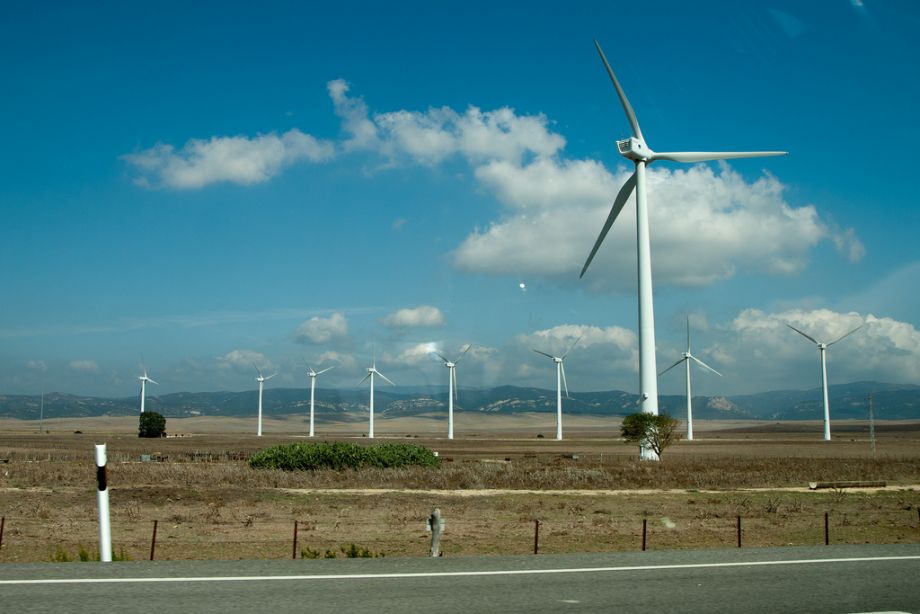Solar power may attract most of the headlines, but 2013 was an excellent year for wind, especially in Europe. Spain saw a record 20.9 percent of electricity share for wind power, and Denmark also set records with its windmills.
Wind narrowly edged out nuclear power, which has a 20.8 percent share, to make Spain the first country in the world where more electricity is generated from wind than from any other source. A total of 54.5 gigawatt-hours of electricity were produced from Spanish wind farms last year, up 13.2 percent from 2012. All renewables as a share of total electricity rose a whopping 10.5 percentage points, to 42.4 percent of demand in 2013. Coal, at 14.6 percent, came after wind and nuclear power, and was about even with hydro power’s 14.4 percent share. Despite Spain’s embrace of solar power and its recent headlines as the government sharply reduces subsidies, photovoltaics only provided 3.1 percent of the country’s electricity.
Wind generated 33.8 percent of the Denmark’s power in 2013, a world record. (The nation plans to hit 50 percent by 2020.) A few times — including 90 hours in late October — the windmills, whose output is highly variable, produced even more power than the country needed, which it dealt with by selling the excess to its neighbors.
One of twelve insights from Agora Energiewende, a German clean energy think tank, is that “grids are cheaper than storage facilities.” Denmark, for example, is fortunate in that it can trade power back and forth with Norway and Sweden. Norway produces almost all of its electricity from hydro power, and Sweden generates a majority of its power from dams. Hydroeletric power is very easy to ramp up and down. When Denmark produces too much wind power — something that will happen more often as it increases windmill installations — Norway and Sweden hold back their water, instead buying power on the spot market, at times for near-zero cost, from Denmark. The hydro producers can then release more water and generate more power to export to Denmark when the wind isn’t blowing.
Meanwhile, Germany’s goal is to reach a 35 percent wind share by 2020. For a brief period in on December 5, it happened thanks to hurricane-force winds from Xaver, a low-pressure storm system that blew in from Scandinavia.
Germany is strengthening its own grid’s international connections against an excess of wind power. Reuters reported last Thursday:
Czech and German grid operators have agreed on a plan to build transformers to guard against excess flows of wind-produced electricity that can knock out transmission systems, the Czech grid operator said on Thursday.
Large electricity flows produced by wind farms in Germany’s sparsely populated north can overload transmission lines, or cause blackouts or losses when operators are forced by such surges to shut down power plants.
It is also eyeing transformers on the Polish border.
The Works is made possible with the support of the Surdna Foundation.
Stephen J. Smith is a reporter based in New York. He has written about transportation, infrastructure and real estate for a variety of publications including New York Yimby, where he is currently an editor, Next City, City Lab and the New York Observer.

















